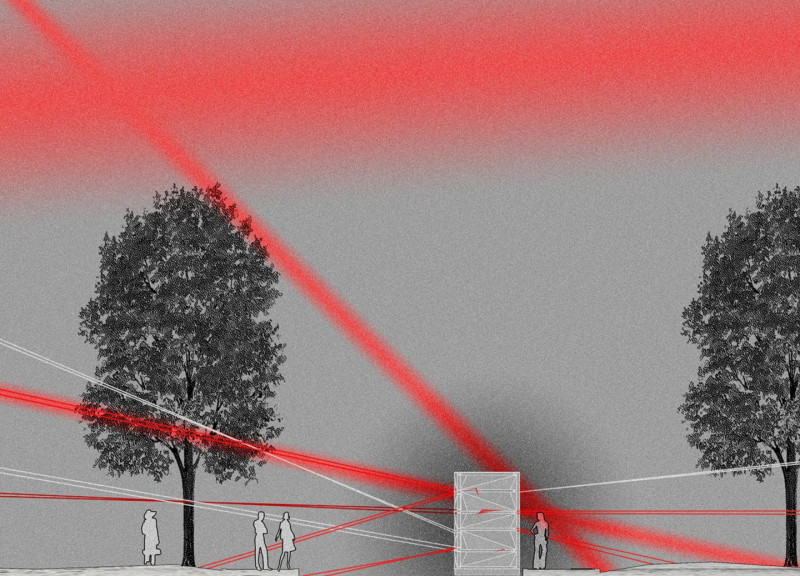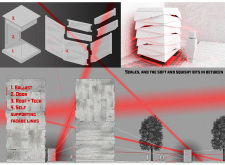5 key facts about this project
Unique Characteristics of the Design Approach
What distinguishes this project is its emphasis on modularity and materiality. The use of concrete for the primary structural elements ensures durability while allowing for expansive spans of space. Glass components enhance visual connectivity, melding indoor and outdoor environments and promoting transparency. Steel frameworks offer structural support without compromising aesthetics, enabling a sleek yet robust form. Additionally, the incorporation of wood or biocomposite materials introduces warmth to the interior, adding an inviting dimension to the overall experience.
These interactions between materials create a unique sensory environment. The soft elements juxtaposed against the rigid structure encourage engagement, making the space feel dynamic rather than static. Furthermore, the project integrates technological considerations, hinting at smart systems for energy efficiency and user interaction, which aligns with contemporary sustainability practices.
Spatial Organization and User Engagement
The spatial organization of the design fosters a connection between different zones, inviting users to explore and engage with their environment. Architectural plans showcase an intuitive flow throughout the areas, allowing flexible use that can adapt to varying needs. The project emphasizes user-centric design principles, ensuring that spaces cater to occupants' diverse activities while maintaining an overarching coherence in form and function.
Careful attention is given to loading and structural efficiency, as evidenced by the integration of self-supporting elements that reduce the need for extraneous supports, leading to a more open and unobstructed environment. This holistic approach enhances the project's usability and aesthetic appeal.
For more insights into the architectural plans, sections, designs, and ideas that inform this project, readers are encouraged to explore the full project presentation. A detailed examination of these elements will provide a comprehensive understanding of the architectural approach and outcomes.























